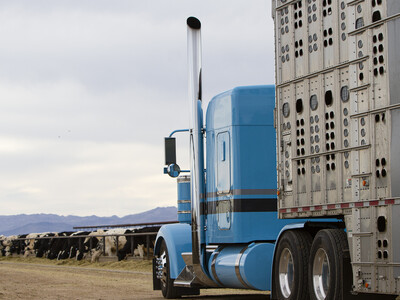Aviation Biofuel
Aviation Biofuel. I’m Greg Martin as Line On Agriculture presents the Harvest Clean Energy Report.
Biofuels have been making quite an impact on the gasoline guzzling auto and trucking industries and will continue to grow but there is another major user of fuel that is taking a very hard look at developing this alternate fuel. Ross MacFarlane a Senior Advisor with Climate Solutions says the aviation industry is stepping up to the biofuels plate.
MacFARLANE: There’s been a lot of interest for quite a while but I think what’s come together in the last few years is a combination of tremendous interest of aviation leaders - the technical capability to actually create drop-in fuels that work safely in aviation and are much more sustainable and have the advantage of being home grown.
MacFarlane talks about the biggest challenge to aviation biofuel.
MacFARLANE: You know it’s creating the full supply chain from the farm through crushers and the refining facilities all the way to the place where it needs to be delivered into the aircraft. And because it needs to be done at scale it’s going to be a challenge getting all those pieces and parts in place. I’m confident the kind of players that are working on it now have the capability of getting it done if we can coordinate our activities and get some good policy support.
The infrastructure aside, aviation fuel needs to meet its own set of strict criteria.
MacFARLANE: I think the first thing to understand is we’re not talking about first or second generation fuels like ethanol or biodiesel. The fuels that are being discussed for aviation would be drop-in fuels that would look and feel and smell and perform for a jet engine exactly the same as the petroleum based fuels. The refining technology has advanced to the point where you can do that using a variety of different bio-based materials.
These fuels have proven themselves and have met with international approval. So what does the future hold for bio-based aviation fuel?
MacFARLANE: Well the goal is to really create a sustainable footing for the aviation industry that’s going to allow it to operate and grow while meeting its goal s for better price stability than it has now. The aviation industry has really been getting hit particularly hard by the kind of roller coaster we all experience when we see $4 a gallon gas at the pump and to allow it to meet its goals for zero carbon growth and carbon reduction while it’s growing.
For additional information on clean energy, visit harvestcleanenergy.org. That’s today’s Line On Agriculture. I’m Greg Martin on the Ag Information Network.???www.harvestcleanenergy.org

















